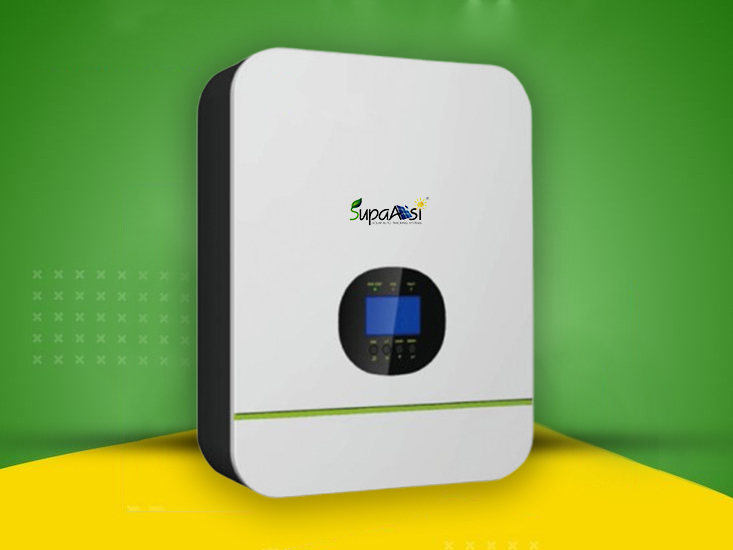
Solar Inverter On grid
On-grid inverters, also known as grid-tie inverters, convert the DC power generated by solar panels into AC power that can be fed into the public electricity grid. In India, several types of on-grid inverters are available, including:
1. String Inverters: Common for residential and commercial installations, they connect a series of solar panels.
In India, string inverters are typically available in the range of 10 kW to 100 kW
2. Microinverters: Installed on each panel, they offer better performance in shaded conditions and panel-level monitoring.
microinverters range from 300 W to 600 W
3. Central Inverters: Used for large-scale solar farms, they handle power from many panels.
central inverters are available in capacities ranging from 500 kW to 2 MW.
Popular and reliable brands include:
Growwatt, Luminous, Delta, Sungrow, Enphase for microinverters
How they work
On-grid inverters convert DC electricity to AC by rapidly switching the direction of the DC input. This process creates a repeating sine wave voltage pattern that the grid can use without damaging electrical equipment.
Functions
On-grid inverters have several functions, including:
Energy conversion: Converts DC electricity into AC electricity that can be used to power appliances
Grid assistance: Communicates with the electrical grid to feed excess energy back into the grid and pull electricity when needed
Safety: Includes a safety device to protect the solar system from electrical damage
Maximum power point tracking (MPPT): Optimizes energy harvest from solar panels by operating them at their maximum power point
Grid disconnection: Designed to quickly disconnect from the grid if the utility grid goes down
Benefits
On-grid systems can earn credits for feeding excess energy back into the grid, which can reduce your electricity bill.
Available Range-
- LV- 2KW-135KW
- HV- 150KW- 225KW